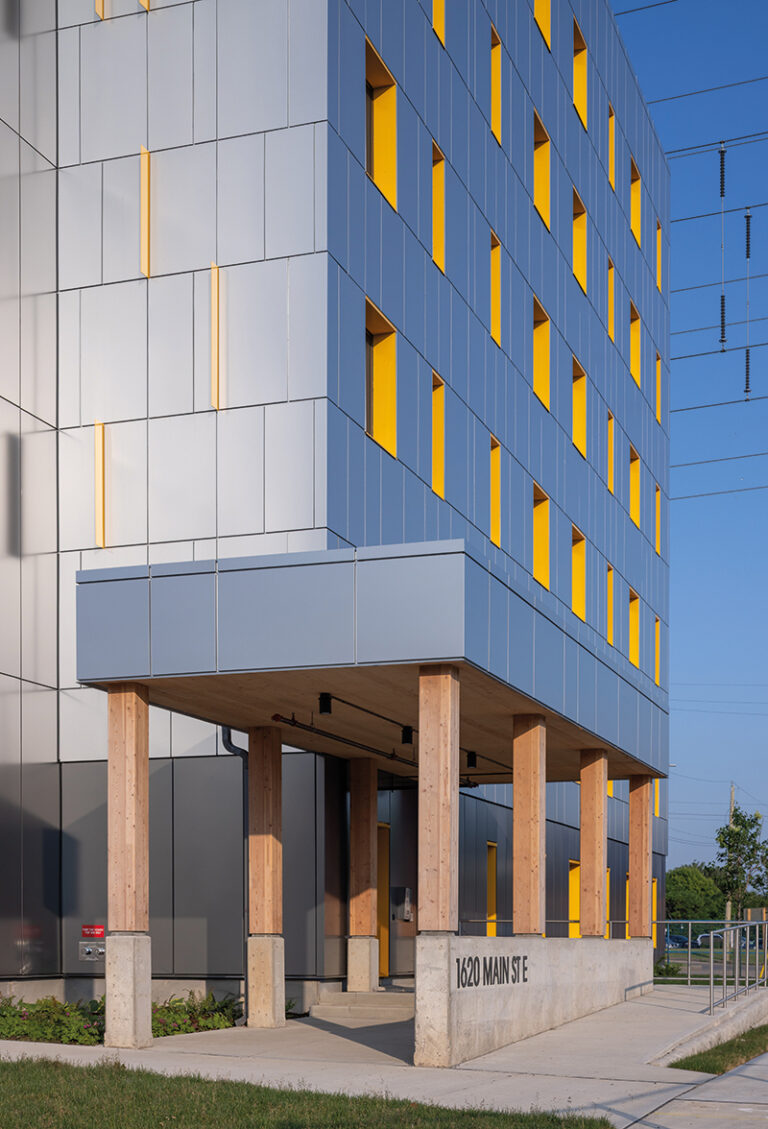Intelligent communities are cities and regions that use information and communications technologies (ICT) to build prosperous economies, solve social problems, and enrich cultures. Many people are familiar with the concept of the smart city, which turns to technology for solutions to problems like traffic congestion, leakage from watermains, public safety, and parking tickets. The intelligent community is the next step, encompassing cities, metropolitan areas, and rural regions. These communities turn to technology not just to save money or make things work better: they also create high-quality employment, increase citizen participation, and make themselves great places to live, work, start a business, and prosper.
Planning for a disruptive future
Urban and rural planning is not a science; it’s a combination of the arts, science, philosophy, sociology, economics, and politics. Planning concerns itself with the total community—including air, water, and infrastructure in, around, and through it—and must take a true 360-degree look at everything related to its development.
Good urban and rural planning includes consideration of infrastructure, of the efficient use of space and of mobility in all its forms, from car, rail, walking, and biking to moving sidewalks and cable cars. It covers transit-related development, urban intensification, open space and parks as well as environmental sustainability. It considers how to create memorable spaces and conserve heritage, how to integrate buildings and neighbourhoods within an urban, metropolitan, or rural landscape, and where exactly people fit into the grand design. Ultimately, it is about providing clarity on the goals of the community and offering confidence to investors that the development risks they take can achieve a reasonable reward.
It is also a lot to ask of a process run by fallible human beings. Sometimes city councils and planning recommendations are at odds. Sometimes developers take local governments to court when they feel they are being treated unfairly. When the process gets bogged down in legislation or lawsuit, when animosity arises between planners, politicians, developers, and citizens, the ideals of planning go out the window and the whole process can breed disaffection and cynicism rather than progress.
To avoid this outcome, urban and rural planners have become much more sensitive to their end users and to the physical environment around them. The widely adopted smart growth paradigm is a clear example. It focuses on creating compact urban centres mixing residential, institutional, and commercial space in a transit-friendly, bicycle-friendly, and walkable environment. It brings into the planning framework such new issues as health, avoidance of economic inequality, and the need to create a sense of belonging and civic engagement. Planning, in short, has become a guide to help ensure the orderly development of our communities and guide how members of a society share limited resources.
To do this properly, planners research and analyze all these aspects of urban and rural planning, coming up with theories and concepts to test and pilot. They then develop visioning and thought leadership initiatives. Smart planners embrace other professions as part of the process, from engineering and architecture to economic development.
Adding intelligence to the mix
That is one big job description—and yet, something is missing: information and communications technology. Planners are heavy users of ICT for research, communications, design, mapping, budgeting, and all of their other activities. Smart cities deploy ICT into municipal infrastructure and institutional processes to meter, monitor, and automate in ways that save money, increase efficiency, and improve quality of service. It may be a network of cameras and environmental sensors that feed into an operations centre for day-to-day traffic management or emergency response. It may be GPS units in every city vehicle to improve routing, provide location data, and make sure municipal workers are doing their jobs.
Leading innovators in urban and rural planning are already taking these emerging technologies into account. But the leaders need more followers. All planners need to understand the fundamental revolution that these technologies are bringing about in urban and rural environments. More importantly, the planning discussion itself needs to expand in scope.
Broadband and inexpensive IT will not just “capture value,” but redefine how communities operate in physical, social, and cultural terms. Interactivity of people, things, and place is transformative. As the commercial Internet celebrates its 20th birthday, no planner can afford to be in the position of recommending “dumb” development to communities of increasing intelligence.
Changing the urban-rural balance
Canada has been a global leader for years in thinking through the potential importance of the broadband revolution. A recent study from Queen’s University provides an analysis of broadband’s impact on urban and rural economies over a 14-year period. Among its more surprising findings was that broadband has no measurable impact on employment growth in manufacturing (goods-producing) businesses. As manufacturers gained access to commercial broadband, their demand for labour saw no change. But where services are concerned, the impact is significant—and it plays out in even more surprising ways.
The study found that deploying broadband promotes employment growth in rural regions, but not in urban ones in specific service sectors: educational services, public administration, information, culture and recreation, and finance, insurance, and real estate sectors. Even more startling, broadband deployment promotes employment growth at the expense of urban regions in professional, scientific, and technical services, and in business, building, and other support services.
To boil that down into a few words, there are quite a few industries in which broadband confers a marked economic advantage to rural areas, and in which urban areas either see no such benefit or actually suffer a decline in job growth once rural areas gain adequate broadband services. Broadband is doing more to reduce the impact of distance than any technology before it. In the process, it is providing rural areas with opportunities never seen before. The Intelligent Community Forum’s Rural Imperative project (ruralimperative.com) seeks to learn specifically how ICT can ensure rural areas a vibrant economic future through robust connections to the global economy.
Basic economics dictate that rural areas can seldom compete with suburban and urban ones in terms of physical infrastructure and amenities. The hope for rural areas is to fill that gap with digital infrastructure, which costs so much less than highways and rail lines, office towers, and convention centres.
Truly revolutionary communities use the tools and capabilities of ICT to develop strategies in collaboration with citizens and institutions, and to implement and manage the opportunities that result. These include crafting an environment that attracts talent and creativity, creating memorable and inspiring places, reducing the friction of daily life, and offering services of a quality found nowhere else.
Intelligent communities have become the best places to experiment with social change and solve the biggest problems, from the erosion of the middle class to environmental issues. If achieved within the context of a community-spirited transformation, this can be exciting for its culture, heritage, and traditions.
Robert Bell is co-founder of the Intelligent Community Forum along with John Jung, who originated the Intelligent Community concept and continues to serve as the forum’s leading visionary. Louis Zacharilla helped found the intelligent community movement and developed the Intelligent Community of the Year Awards program.












